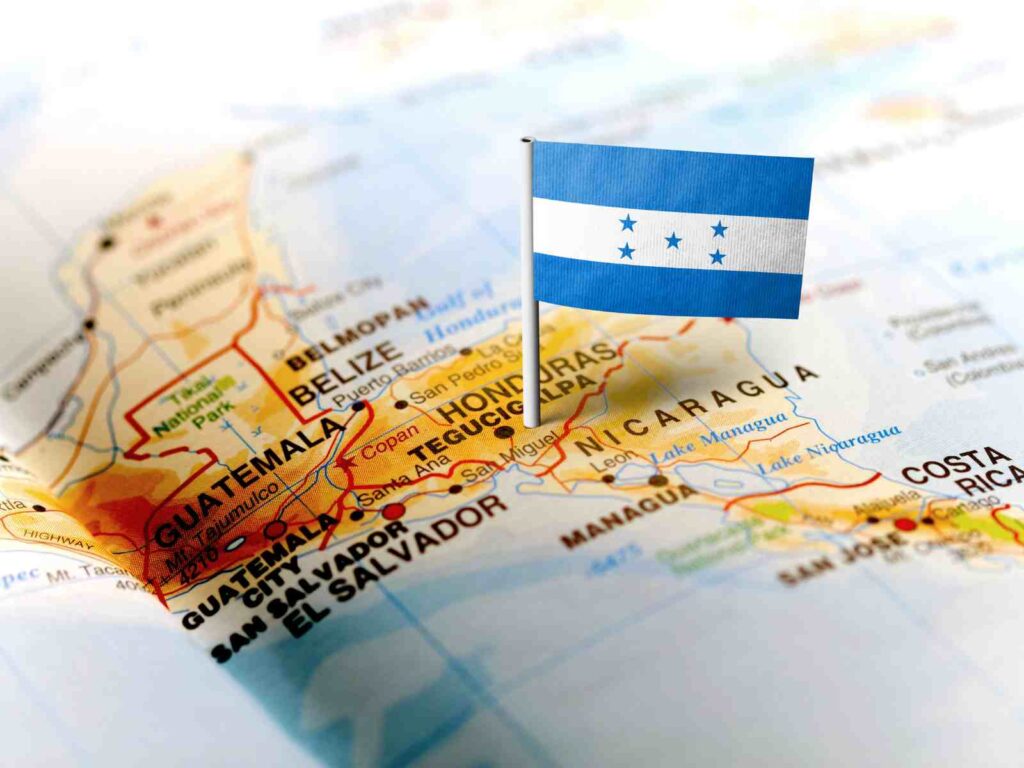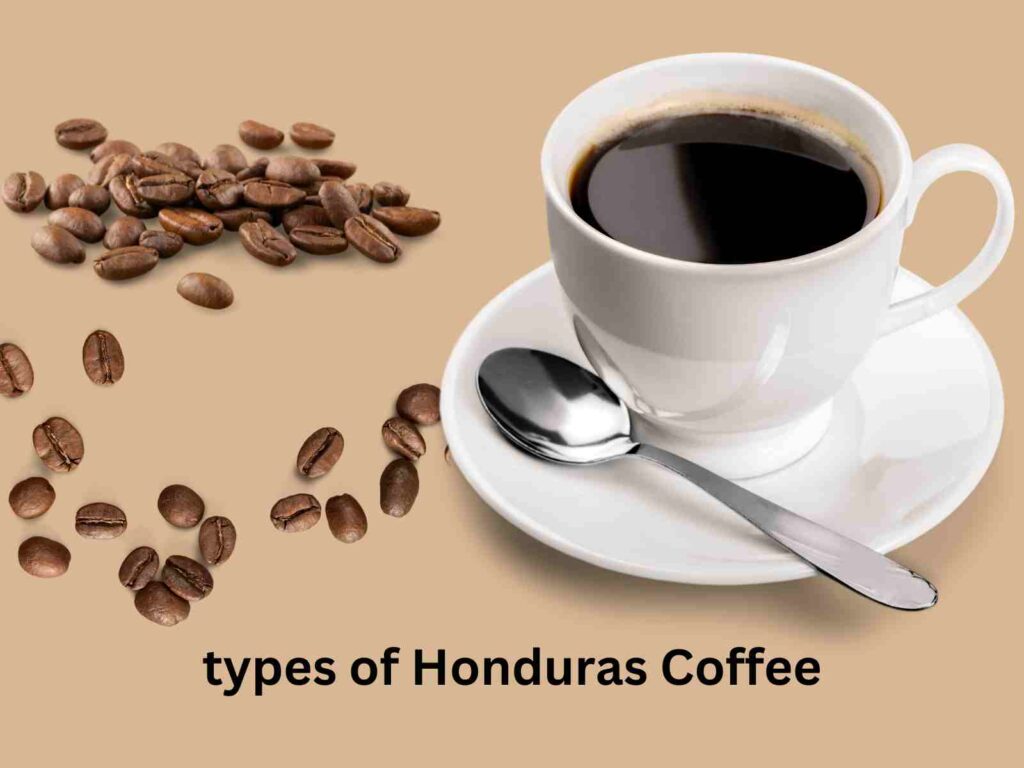Honduras Coffee Culture: The tiny nation of Honduras in Central America has a colorful past. While the country saw several political revolutions, its economic reliance on banana cultivation was the primary cause of its long-term instability. But starting in the 1960s, coffee began to play a more and bigger role in the economy, and it is currently one of the main exports from the nation.
Quality is prioritized over quantity in Honduras, which is one of the world’s leading producers of coffee. However, the country is particularly well-known for its exceptional speciality coffee, which is causing quite a stir in the market. In Honduras, coffee is typically served extremely simply: black and heavily sweetened. Nonetheless, worldwide café culture has been increasingly gaining traction here as well in recent years.
There has always been a growing community of ambitious coffee enthusiasts, especially in larger cities.
History of Honduras Coffee

European coffee dealers brought coffee to Honduras in the 1700s, at the same time that slavery was extending throughout Latin America. tiny-scale farmers produced coffee in tiny amounts at first, and large-scale coffee growing started in the second part of the 20th century.
At the close of the 1800s, coffee plant farming was still relatively new in the Republic of Honduras. Even though there were a lot of coffee plantations back then, they were not very large. Honduras shares the same climate, soil, and other environmental factors as Guatemala, Nicaragua, or Costa Rica.
Numerous independently run farms are the owners and operators of coffee farms. Roughly 110,000 farmers are thought to be involved, with more than 90% of them being small farms. Approximately a million employment are sustained by these plantations from November to March, when coffee is harvested and processed.
Production of Honduras Coffee

Arabica coffee is farmed across Honduras, with Agalta, Comayagua, Copán, Montecillos, Opalaca, and El Paraíso being the six largest coffee-growing departments. These areas are home to a wide variety of plants, including bourbon, caturra, catuai, and, more recently, new hybrids that are members of the catimor genetic group.
Honduras is currently a major player in the Latin American coffee market, competing with countries like Costa Rica, Guatemala, and Colombia. Still, there have been some obstacles in the way of this voyage.
Despite the ideal growing environment for arabica coffee, Honduran coffee growers have faced ongoing challenges due to a confluence of unfavorable weather patterns, inadequate infrastructure, and outbreaks of coffee leaf rust.
After processing, it is frequently challenging to dry the beans due to the constant rainfall. Due to this, some growers have started using combined mechanical and sun drying methods, earning Honduran coffees a reputation for being of excellent quality but short shelf life.
Distinguishing between types of Honduras Coffee

It might be challenging to distinguish Honduran coffees in blends because their flavors range from mild and nutty to bright and robust. Brands will typically highlight them as their own single origin coffee.
Strictly High Grown grade coffee is the best in Honduras because it grows slower at high elevations, which increases the coffee’s absorption of minerals and nutrients and gives it a richer, stronger flavor
To go one step further, you might search for coffee that is Bird-Friendly or Shade-Grown, which creates shade by planting other trees among the coffee plants, slowing down the coffee’s growth. To best retain flavor when purchasing roasted beans, we advise ordering whole beans and making sure the coffee roaster you’re ordering from offers roasted-to-order.
Benefits of drinking Honduras Coffee

Honduran Arabica coffee, which is produced through fair trade agriculture, has a strong flavor. Honduran coffee has a strong flavor and a hint of acidity that are immediately apparent from the first sip. All of the tastes that this coffee bean has absorbed from the altitude come from its origin.
Here, France provides a slow and considerate roasting, and Central America provides a product of exceptional quality. Among the goods of the biggest coffee producers are Honduran coffee beans. In France, having coffee in the morning is customary. There are numerous advantages to using it, whether it is ground or in beans. Honduran Arabica coffee is known to promote happiness and a sense of wellbeing. Your energy level is increased with just one or two glasses of coffee.
Conclusion
Tucked down in the center of Central America, Honduras is a coffee jewel that goes unnoticed. Honduran coffee beans are valued for more reasons than just their delicious brews; they are a symbol of the nation’s vibrant culture and strong economy. Coffee is more than just a beverage—from the foggy mountains to the bustling street markets, it’s a way of life.
How is coffee from Honduras made?
You need to grind your coffee beans before adding them to your filter or coffee maker. You can put your ground coffee in your coffee maker at this point. You can use the coffee beans straight in some machines.
How much coffee is from Honduras?
One cup of coffee contains seven to twelve grams of ground coffee. If you use a machine, it will do the coffee based on the preset amount that you have set.
When should you sip Honduran coffee?
When is a good time to sip on an espresso? There are no set guidelines. Just as crucial as an evening or post-meal coffee is an early morning cup. A fantastic option for enjoying a break is afternoon coffee, which has bitter and citrus undertones.

